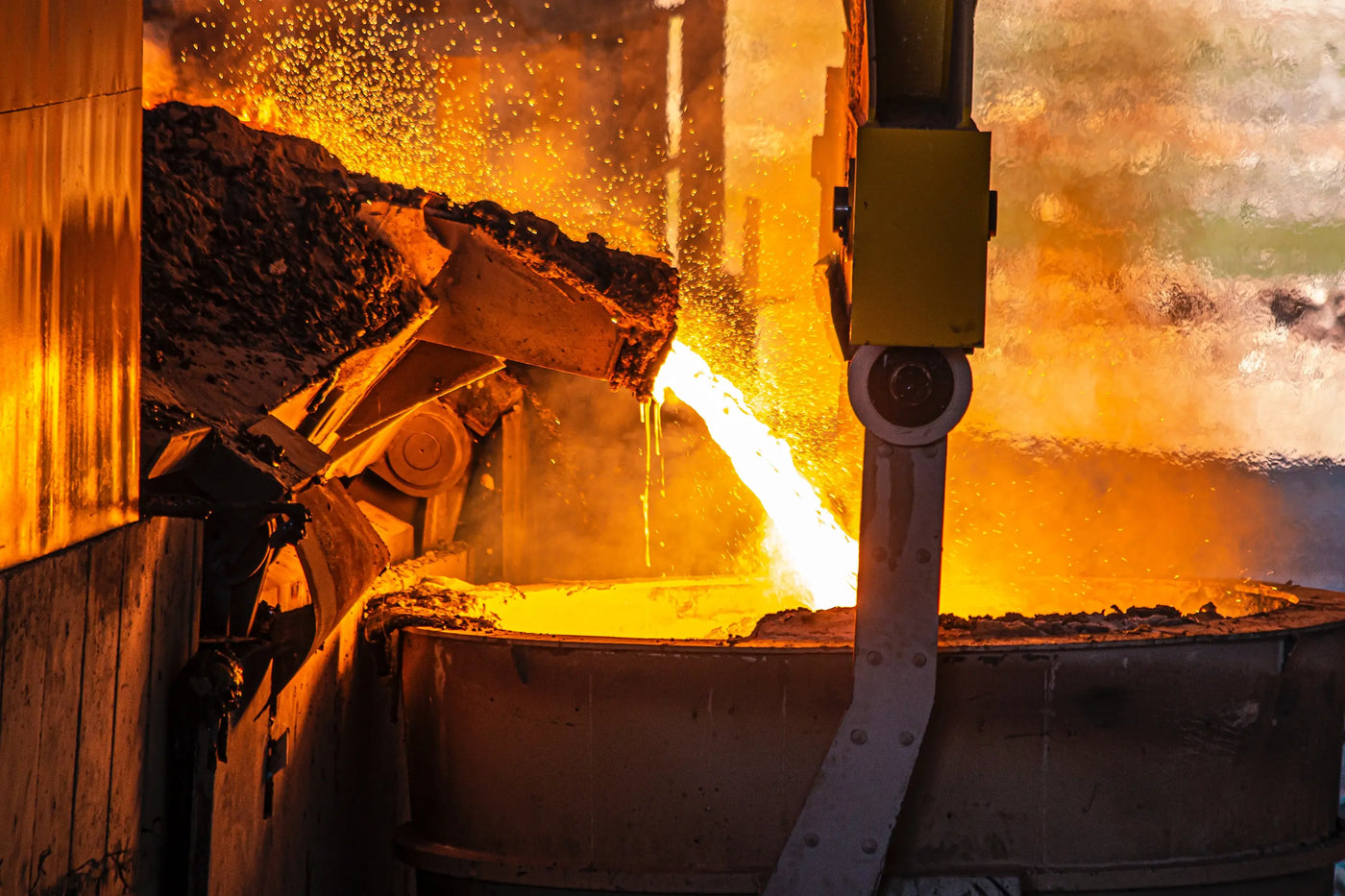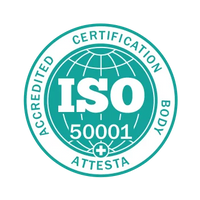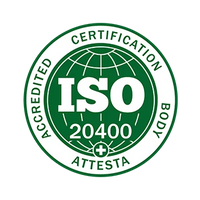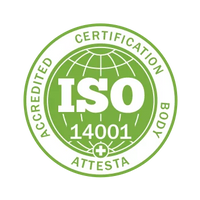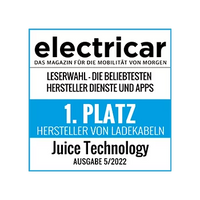It is often said that electric cars have batteries that, after they have been used in the vehicle and reused in their "second life", are nothing more than residual waste and are therefore toxic to the environment. However, used batteries are already largely recycled and can be used to make new ones.
What substances are involved?
If the performance of a battery drops too much at the end of its life, it can be recycled. Some of the materials it contains are very popular and expensive to procure, which is why recycling already makes both economic and ecological sense despite the small number of batteries available.
It is mainly about materials such as aluminum, steel and of course the substances important for the construction of the reactive components (electrode and electrolyte material) such as lithium, manganese, cobalt, nickel and graphite. The proportion of these components is constantly changing depending on the development stage of the batteries, as energy storage devices without cobalt or graphite as electrode material will soon be used.
The process begins with the first step, dismantling. This is followed by either shredding or melting the battery system so that the materials can finally be separated and recycled.
Different companies, different battery recycling processes
Efficient methods for recycling electric car batteries are still under development, but they are already applicable today and have been successfully implemented by some companies.
The two most important processes currently are pyrometallurgical melting and hydrometallurgical dissolution in chemicals.
During the melting process, the batteries are melted at high temperatures, with the non-recyclable components burning off; hence the name UHT (Ultra High Temperature Smelting). The cobalt that is extracted can then be sold to battery manufacturers as cobalt lithium oxide. According to Tesla, this energy-intensive process is nevertheless very environmentally friendly, as 70 percent of CO₂ can be saved compared to the initial extraction.
The hydrometallurgical process, on the other hand, uses chemicals instead of heat to chemically dissolve the previously crushed batteries.
The German company Duesenfeld has developed a process that is far more energy efficient than smelting. In addition to cobalt and nickel, it also enables the recovery of lithium, manganese and graphite, which is not possible in most other processes. The batteries are shredded in a cold nitrogen environment without any inflammatory reactions or the formation of toxic fluorine compounds.
Another unique feature worldwide is that the electrolyte from the batteries can be collected and reused in the chemical industry. The "black mass" created from the shredded granulate is treated hydrometallurgically and processed into usable metal salts. This means that up to 91 percent of all battery components can already be recycled with a CO₂ footprint that is up to 40 percent lower than with conventional processes.
Conclusion
It is often pointed out, with concern for the environment, that the production of the batteries in electric cars has a carbon footprint that should not be underestimated. But the fact is that this battery, even after it has been used in the car and then as a stationary storage device, contains exactly the raw materials from which new batteries can be made. This creates a closed material cycle that is much more environmentally friendly than is generally assumed.

